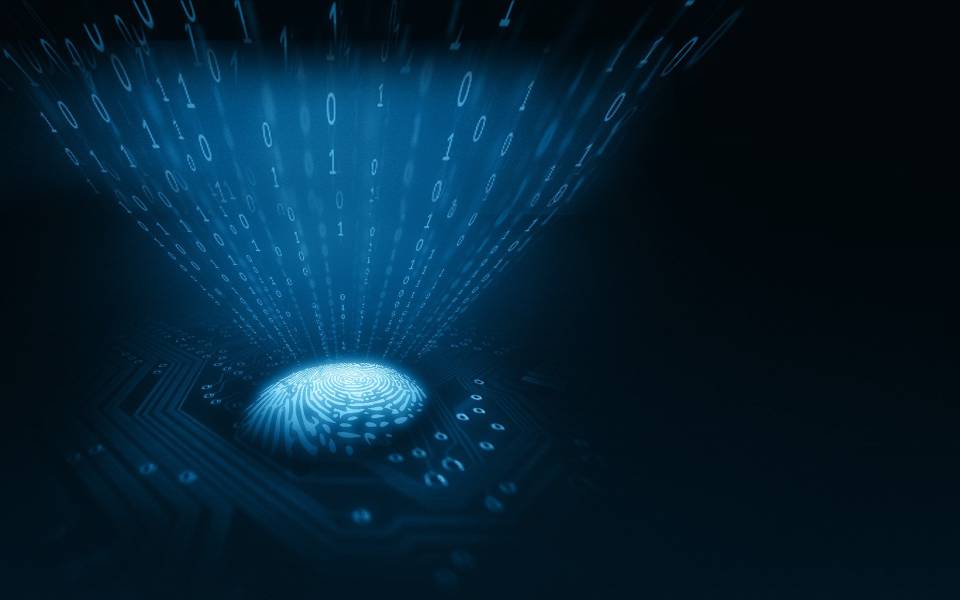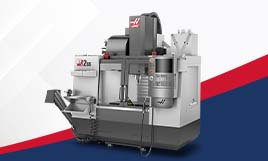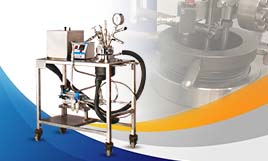6 Reasons to Choose Raman Spectroscopy
Raman spectroscopy is a non-destructive molecular analysis technique that delivers detailed information about phase and polymorphy, chemical structure, molecular interactions and crystallinity. Raman spectroscopy is efficiently used for microscopic analysis, with a spatial resolution in the order of 0.5-1 µm. This type of analysis is made possible using a Raman microscope.
The Raman spectroscopy technique has been adopted by industrial, environmental, forensic and research scientists for several outcomes. For instance, in forensic evidence or art restoration, this technique is chosen to detect and quantify unknown materials.
In this blog, we discuss the reasons why Raman spectroscopy is preferred and needed to be adopted in laboratories. Continue to read till the end to find out more.
- Preserves sample and save time
When it comes to analyzing the samples, they can be measured and analyzed in their original form which eliminates the need for any sample preparation. This helps in saving time by skipping one entire process.
Also, Raman spectroscopy is confocal, hence, depth analysis of embedded or multilayered samples can be measured without causing any destruction to the samples.
- Enable measurement of aqueous samples
While with the other techniques involved, the spectroscopic interference from water can saturate the signal from the analyte of interest. However, in Raman spectroscopy, this interference becomes insignificant.
This non-destructive technique allows in situ measurements of wet materials such as biological cells and tissues.
- Allow sample measurement through transparent containers
Raman spectroscopy utilizes lasers with wavelengths in the UV-visible region (400-700 nm), there is no interference in the Raman reading with the use of quartz or glass containers.
Lab experts can effectively verify the identity of packaged materials.
- Study of carbon nanomaterials is possible
Raman spectroscopy enables the study of carbon nanomaterials. With this technique, lab experts can rapidly analyze and reveal purity, uniformity, thickness, functionalization and other properties of the symmetric bonding in 2D carbon materials like carbon nanotubes and graphene.
- See and Resolve samples that are smaller
In Raman spectroscopy, there is utilization of visible wavelengths (shorter than infrared) and is able to resolve and detect small contaminants and defects with the use of rapid imaging down to 1 micron or single-point measurements.
- Characterization of both morphology and chemistry
With the use of Raman Spectroscopy, the distinction of chemical backbone, degree of crystallinity and polymorph structure can all be done. Applying polarisation to the measurements can identify crystal orientation, making Raman spectral analysis a multifaceted tool for understanding a material’s structure-function relationship.
Examples of Raman Spectroscopy Applications
Raman Analysis of Polymorphs
Confocal Raman Microscopy Depth Analysis
Spatial Distribution of Components
If you are interested to know more about Raman spectroscopy or have a requirement for Raman microscope supply then make sure to connect with an expert supplier now.








